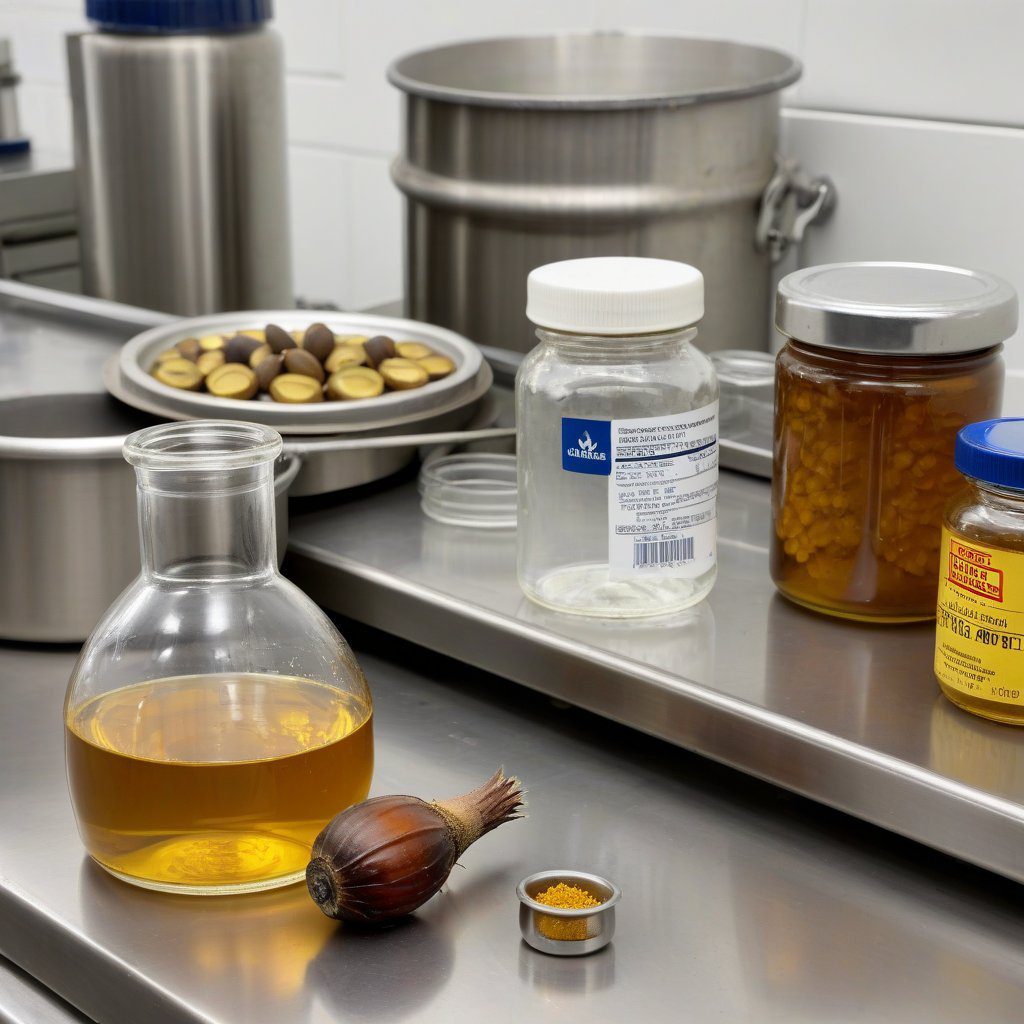What is Food Grade Glycerin?
Food grade glycerin, also known as glycerol, is a colorless, odorless, and viscous liquid derived from natural fats and oils. It is classified as a food additive, primarily used as a sweetener, humectant, and preservative. Food grade glycerin is highly versatile and is commonly found in a variety of food products, personal care items, and pharmaceuticals, due to its non-toxic and safe nature for consumption.
Applications of Food Grade Glycerin
This chemical compound is extensively used in the food industry for various applications. It acts as a sweetener in low-calorie products, helps retain moisture in baked goods, and enhances the texture of confectionery items. Additionally, food grade glycerin is utilized in the production of flavored syrups, beverages, and salad dressings, making it an essential ingredient for manufacturers aiming to improve product quality.
Properties of Food Grade Glycerin
Food grade glycerin possesses unique physical and chemical properties that make it suitable for a wide array of applications. It is hygroscopic, meaning it attracts and retains moisture, which is particularly beneficial in food preservation. Its low toxicity and high solubility in water further enhance its usability, allowing it to blend seamlessly with other ingredients in various formulations.
Safety and Regulatory Standards
Food grade glycerin is recognized as safe by several regulatory agencies, including the U.S. Food and Drug Administration (FDA) and the European Food Safety Authority (EFSA). These organizations have established guidelines and standards to ensure that glycerin used in food applications meets safety requirements, thereby assuring consumers of its quality and safety for consumption.
Benefits of Using Food Grade Glycerin
The use of food grade glycerin offers numerous benefits for both consumers and manufacturers. For consumers, it provides a safe and effective way to enjoy sweet flavors without the associated calories of sugar. For manufacturers, its multifunctional properties allow for improved product stability and enhanced sensory qualities, leading to higher customer satisfaction and loyalty.
Food Grade Glycerin vs. Industrial Grade Glycerin
It is important to differentiate between food grade glycerin and industrial grade glycerin. While both forms share similar chemical structures, food grade glycerin is specifically processed and purified to meet food safety standards, making it suitable for human consumption. In contrast, industrial grade glycerin may contain impurities and is typically used for non-food applications such as antifreeze, cosmetics, and pharmaceuticals.
Storage and Handling of Food Grade Glycerin
Proper storage and handling of food grade glycerin are crucial to maintain its quality and effectiveness. It should be stored in a cool, dry place, away from direct sunlight and heat sources. Additionally, containers should be tightly sealed to prevent contamination and moisture absorption. Following these guidelines ensures that the glycerin remains stable and safe for use in food applications.
Market Trends for Food Grade Glycerin
The market for food grade glycerin has been experiencing significant growth due to increased consumer demand for natural and healthy food ingredients. This trend is driven by a rising awareness of health and wellness, leading manufacturers to seek alternatives to traditional sweeteners. As a result, food grade glycerin is becoming a popular choice among food producers looking to enhance their product offerings.
Why Choose DIPLOMATA for Food Grade Glycerin?
DIPLOMATA is committed to providing premium-quality food grade glycerin and a full range of chemical products. As a leading supplier in the United States, we serve key regions including the East Coast, West Coast, Midwest, and Southern states. Our mission is to deliver unmatched reliability and quality, making us the preferred choice for businesses in the chemical industry.


